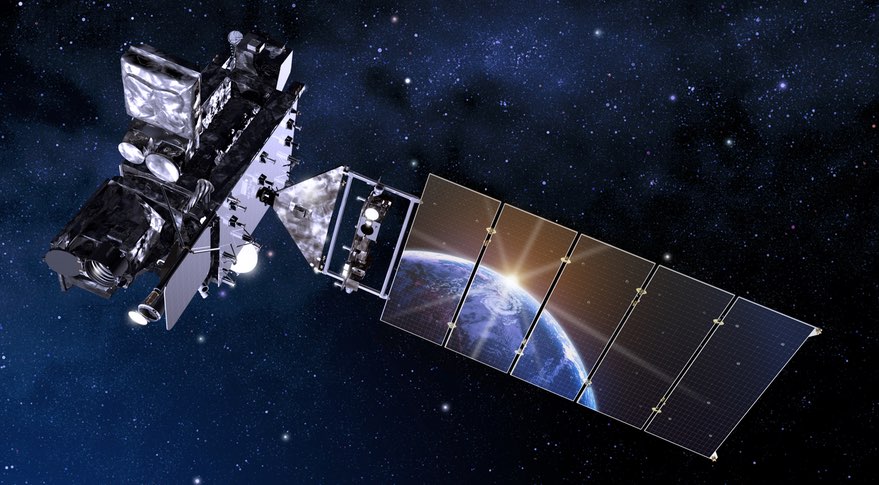Products You May Like
TITUSVILLE, Fla. — The National Oceanic and Atmospheric Administration will complete its transition to a new generation of geostationary weather satellites in January when it shuts down two older spacecraft.
NOAA announced Dec. 18 that the GOES-14 and GOES-15 spacecraft will be powered down and placed into “orbital storage” by Jan. 31. Those spacecraft, launched in 2009 and 2010 respectively, can be turned back on if needed.
GOES-15 had been working in tandem with GOES-17, NOAA’s newest geostationary orbit weather satellite, at an orbital location called GOES-West at 135 degrees west longitude. GOES-17 launched in 2017 but suffered problems with its major instrument, the Advanced Baseline Imager (ABI), because of a blockage in a loop heat pipe. Engineers have since developed workarounds that allow the instrument to provide more than 97% of its expected data.
GOES-17, known as GOES-S prior to its launch, is the second spacecraft in the GOES-R series of weather satellites. GOES-16, known as GOES-R before its launch in 2016, operates at the GOES-East orbital slot at 75 degrees west. It has not suffered the same problems with its ABI instrument as GOES-17.
NOAA had also been operating GOES-14 at a third location, at 105 degrees west, as a backup and also to collect space weather data. However, NOAA said it no longer needs that data from GOES-14 since GOES-16 is generating more advanced space weather data, while GOES-17 provides space weather data “in a developmental system.”
GOES-16 and -17 are the first two of four satellites in the GOES-R series. The third spacecraft, known as GOES-T, is scheduled for launch in December 2021. In a separate statement Dec. 18, NASA announced it had awarded a $165.7 million contract to United Launch Alliance to launch GOES-T on an Atlas 5, the same vehicle used for launching the previous two satellites. The fourth satellite in the series, GOES-U, is slated to launch in 2024.
As NOAA completes its transition to a new generation of weather satellites, it is also transitioning leadership. The White House announced Dec. 18 that it is nominating Neil Jacobs to be administrator of the agency, a position formally known as Under Secretary for Oceans and Atmosphere at the Department of Commerce. Jacobs has been the Assistant Secretary of Commerce for Environmental Observation and Prediction since February 2018 and, since February 2019, has served as the acting NOAA administrator.
The post of NOAA administrator, which requires Senate confirmation, has been vacant since the beginning of the Trump administration in January 2017. In October 2017, the White House nominated Barry Myers, the chief executive of commercial weather company AccuWeather, to be NOAA administrator. Senate Democrats, though, opposed the nomination in past because of conflict-of-interest concerns.
The Senate Commerce Committee favorably reported Myers’ nomination on three occasions, most recently in April, to the full Senate, but there was never a vote there on the nomination. Myers, who stepped down from his posts at AccuWeather early this year, asked the White House in November to withdraw his nomination, citing health issues as well as the continued opposition from Democratic senators.
Jacobs, who already went through the Senate confirmation process to become assistant secretary, is highly regarded in the meteorological community and is unlikely to face major obstacles to win confirmation to become NOAA administrator.
